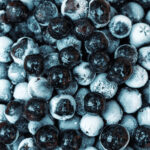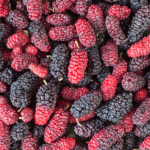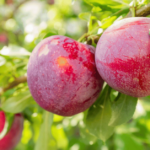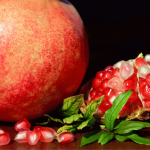Plant Profile: Plum – The Sweet and Versatile Gem of Your Orchard
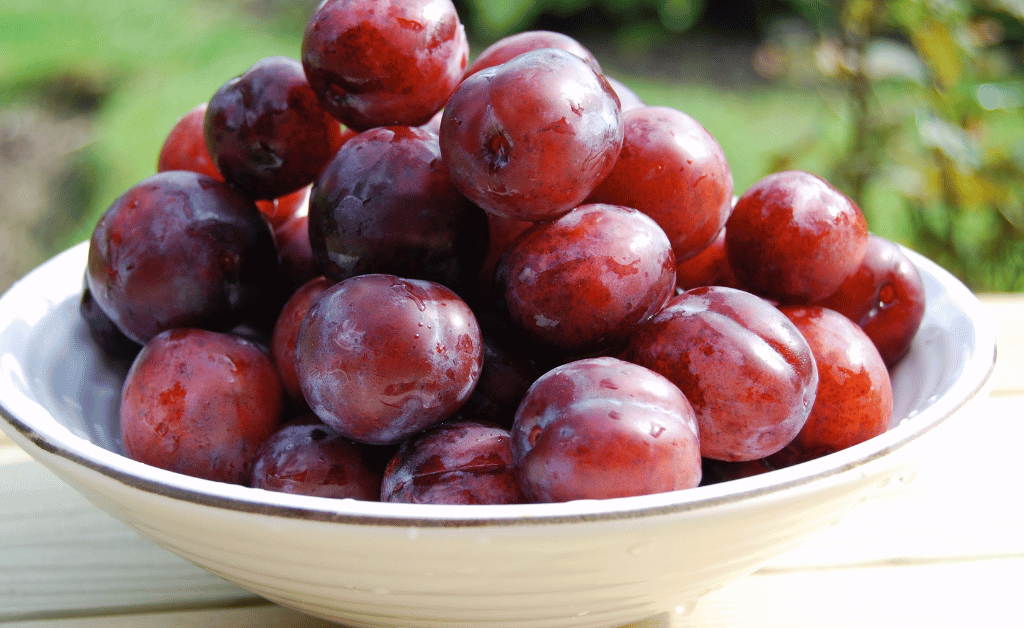
The plum is a delightful fruit-bearing tree known for its sweet and tart fruits. Scientifically named Prunus domestica, it’s also referred to as European Plum, Japanese Plum, and Damson, among others.
Plum Classification
- Kingdom: Plantae
- Order: Rosales
- Family: Rosaceae
- Genus: Prunus
- Species: P. domestica
Plum Origin and Distribution
Originally from Southeast Europe and Western Asia, plums have been cultivated for centuries and are now found worldwide, including in North America, Europe, and Asia.
USDA Hardiness Zones for Plum
Plum trees thrive in USDA Zones 4-9, making them a versatile choice for various climates.
Understanding Plum Chill Hours Requirement: Choose Wisely for Your Climate
When it comes to growing plum trees, it’s crucial to understand their chill hour requirements. Chill hours refer to the cumulative time the tree needs to be exposed to cold temperatures during its dormant winter period. Plums generally require between 700-1,000 chill hours for optimal growth and fruiting. However, different plum variants have varying chill hour requirements, so it’s essential to check this before you plant. If you choose a variant that requires more chill hours than your location can provide, the tree may struggle with issues like poor fruit development or even failure to fruit altogether. Always consult with local experts or nursery staff to select a plum variant that’s well-suited to your specific climate conditions.
Growth Habits of the Plum Tree
- Height: 10-20 feet (3-6 meters)
- Width: 15-20 feet (4.5-6 meters)
- Growth Rate: Moderate
- Preferred Conditions: Full sun, well-drained soil
Plum’s Role in a Food Forest
Plums typically occupy the canopy layer in a food forest.
Plum Benefits for Hugelkultur or Permaculture Systems
Plum trees are excellent for permaculture systems, offering shade, windbreaks, and soil stabilization.
Culinary and Medicinal Uses of Plum
Plums are widely used in jams, jellies, and desserts. However, their medicinal uses are not well-substantiated.
Cultural Significance of Plum
Plums have a rich history, especially in Asian cultures, where they symbolize good fortune.
Propagating and Caring for Your Plum Tree: Are Plums True to Form?
When it comes to propagation, plums are a bit of a unique case. Most plum trees sold in plant nurseries are hybrid cultivars, and their seeds don’t produce trees that are identical to their parents. So, if you’re thinking of growing a plum tree from seed, know that it may not be “true to form.”
However, plums are among the easiest stone fruit trees to propagate from cuttings, and this method does produce identical trees. It’s important to note that most plum trees are propagated through a process called budding, which joins a bud from one tree to the rootstock of another. Rooting a tree from a cutting may not produce the same results for tree vigor and fruiting potential.
To propagate from a cutting, choose a hardwood cutting taken in late autumn or winter from two-year-old growth. A 10- to 12-inch-long cutting works best. After taking the cutting, dip the severed end into a rooting hormone solution and plant it in a mixture of coarse sand and moistened milled peat. Place the container outdoors in a shady location, protected from wind and cold. Check for root growth in four to six weeks.
Pests and Diseases Affecting Plum
Common pests include aphids and plum curculio. Use organic pesticides for management.
Harvesting and Storing Your Plum: A Seasonal Guide
When to Harvest
The best time to harvest plums is when they are fully ripe. Unlike some fruits, plums do not continue to ripen once picked. You’ll know they’re ready when they have a deep, even color, yield to gentle pressure, and detach easily from the tree.
Tools for Harvesting
For a successful harvest, arm yourself with a fruit-picking basket and a pair of sanitized pruning shears. The shears are especially useful for plums that are clustered together, allowing you to snip them off without damaging the surrounding fruit or branches.
How to Harvest
Gently grasp the plum and twist it off the branch. If it doesn’t come off easily, it’s likely not ripe yet. For those hard-to-reach fruits, use a fruit picker or a ladder, ensuring it’s stable before you climb.
Immediate Use vs Storage
If you plan to consume the plums immediately, simply wash them under cold water. For storing, sort the plums by ripeness. Overripe and damaged fruits should be consumed or processed immediately to prevent spoilage.
Short-term Storage
For short-term storage, place the plums in a perforated plastic bag and store them in the crisper drawer of your refrigerator. They can last up to two weeks when stored this way.
Long-term Storage
For long-term storage, consider freezing the plums. First, wash and pit the fruits. You can freeze them whole, sliced, or pureed. Place the prepared plums in airtight containers or heavy-duty freezer bags. Frozen plums can last up to 12 months.
Canning and Preserving
Another option for long-term storage is canning. Plums can be made into jams, jellies, and preserves, which can last for a year or more when properly canned and stored in a cool, dark place.
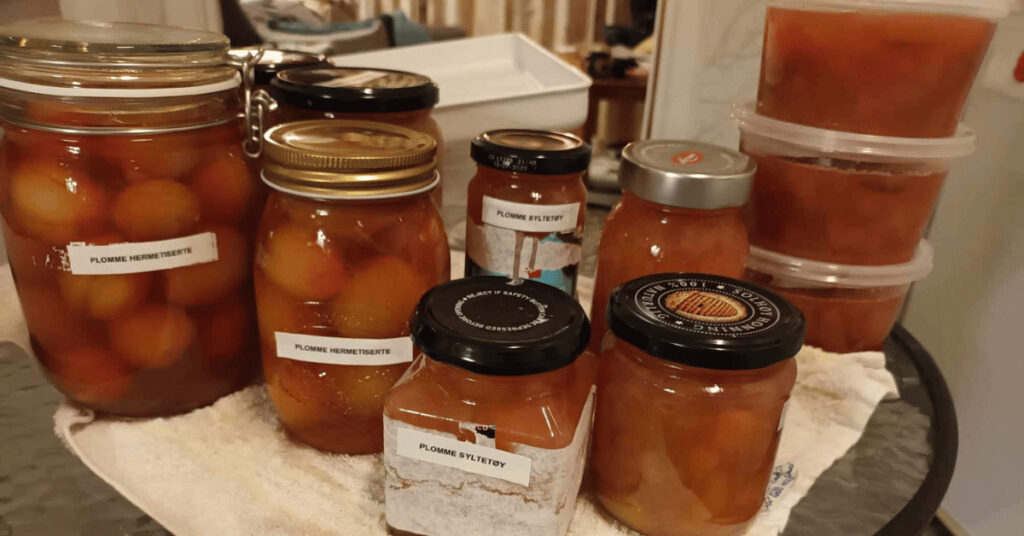
Plum’s Lifespan
Plum trees are perennial, often living for several decades.
Warnings or Cautions About Plum
Avoid consuming unripe plums as they can be astringent.
Plum’s Environmental Impact
Plum trees are generally considered eco-friendly, requiring minimal chemical inputs.
Wildlife Attracted by Plum
Plum trees attract various pollinators, including bees and butterflies.
Companion Planting with Plum
Plums grow well with nitrogen-fixing plants like clover but avoid planting near potatoes.
Fun Facts About Plum
Did you know that there are over 2,000 varieties of plums?
References
Explore the Environmental Upsides of Planting Plum Trees
Now that you’re well-versed in the world of plums, why not dive deeper into how this marvelous tree can positively impact the environment? Check out our article on The Environmental Upsides of Planting Plum Trees to expand your knowledge and inspire your next gardening project!

